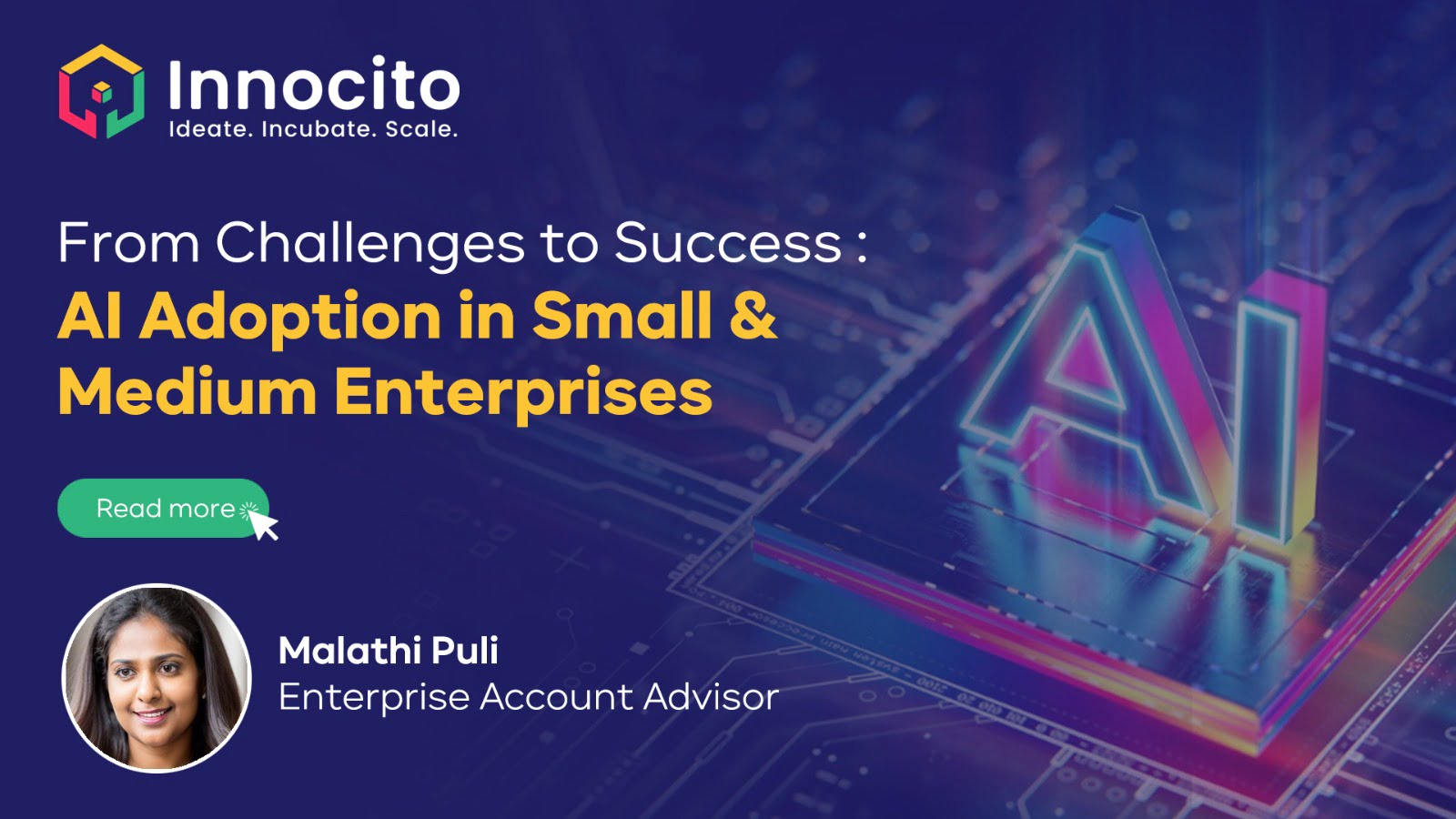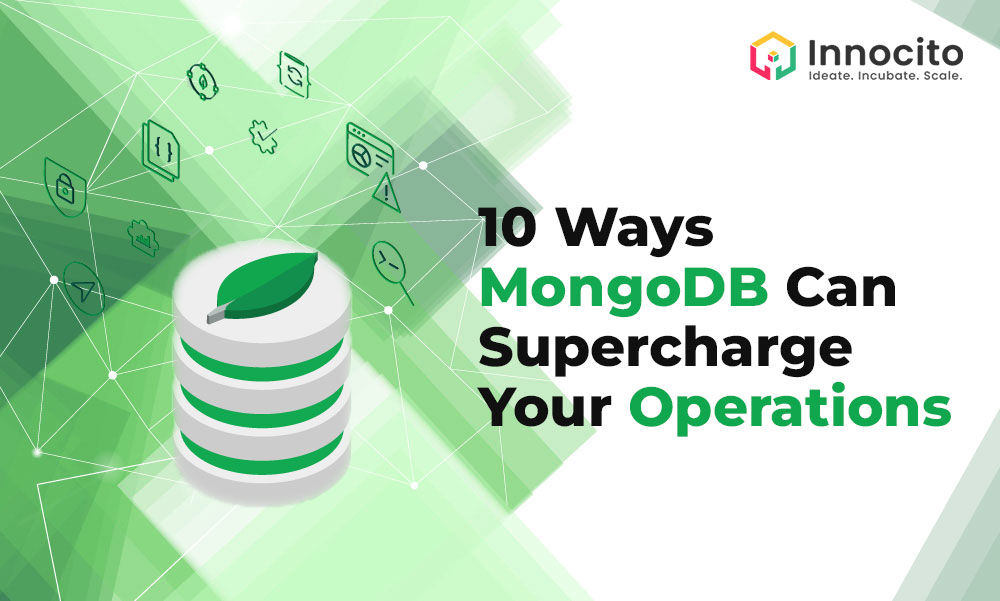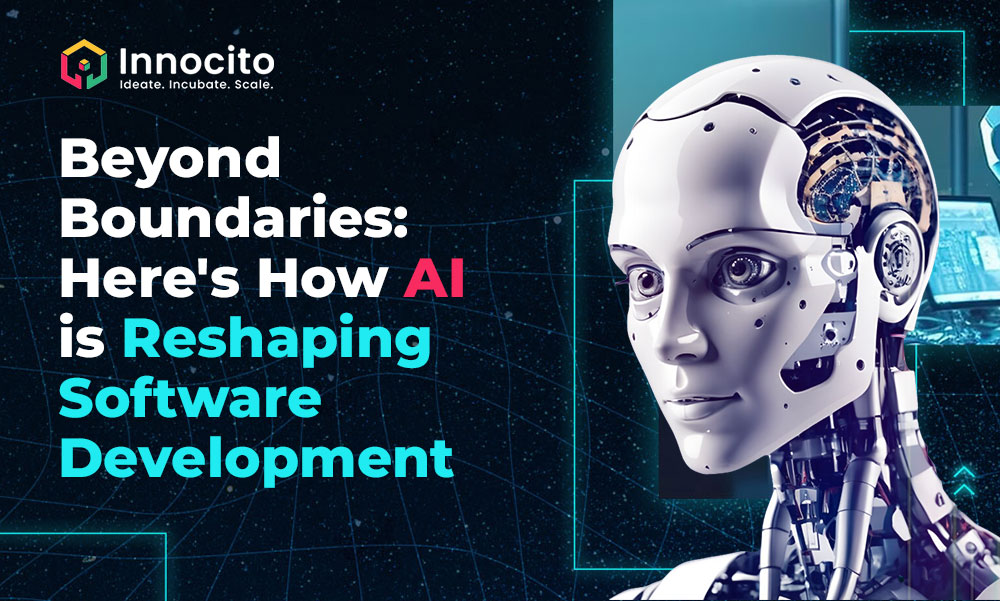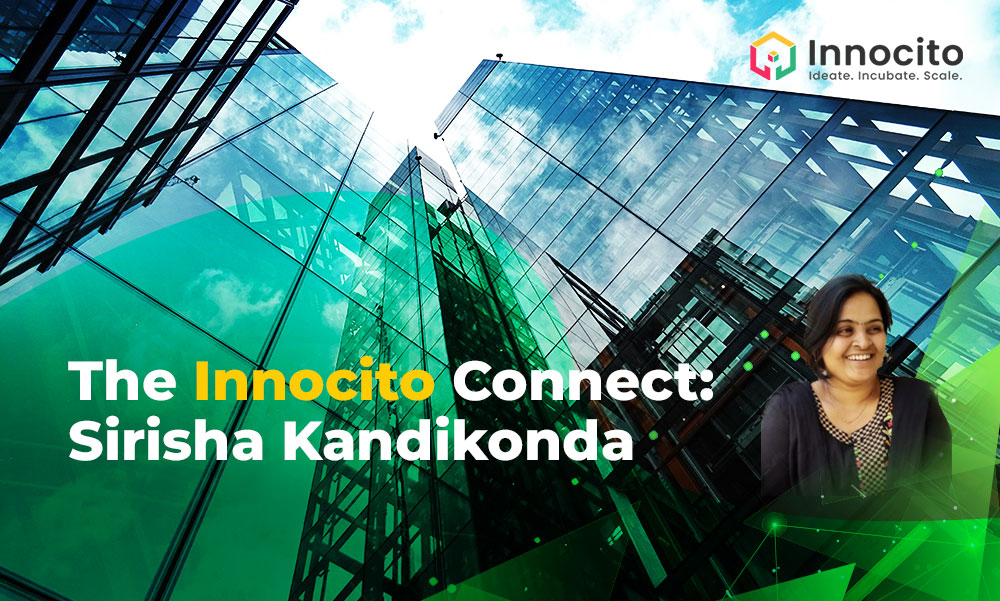In the fast-evolving realm of technology, Cloud Computing is expected to remain an unstoppable force in 2024, serving as a linchpin for businesses globally. As enterprises increasingly capitalize on the efficiencies and services proffered by cloud vendors, a tapestry of transformative trends is set to redefine the contours of the industry. Let’s embark on a journey through the pivotal Cloud Computing trends anticipated to shape the digital landscape in 2024.
Top Cloud Computing Practices for 2024:
Introduction of the Citizen Developer:
The democratization of technology takes center stage with the advent of the citizen developer. No longer confined to coding experts, this trend enables individuals without extensive programming backgrounds to leverage connected systems. Industry giants such as Microsoft, AWS, and Google are at the forefront, introducing user-friendly interfaces and tools that facilitate custom automation. As we navigate through 2024, expect a surge in applications designed to empower ordinary individuals to engage with popular APIs and create customized automation effortlessly.
Better AI/ML Integration:
The integration of Artificial Intelligence (AI) and Machine Learning (ML) into Cloud Computing experiences significant strides in 2024. AWS and Google, as technology leaders, drive the development of machine learning technologies. The landscape witnesses a seamless fusion of AI into daily operations, evident in integrations such as AWS DeepLens and Google Lens. This trend signifies a fundamental shift towards smarter, more responsive cloud environments, with implications spanning improved data analytics, predictive capabilities, and enhanced user experiences.
Automation Revolution:
Automation stands as the unsung hero in the Cloud Computing narrative, promising increased efficiency, reduced risk, and elevated system quality. In 2024, the landscape witnesses a revolution in automation, fueled by investments in citizen developer tools and AI advancements. Industry leaders like Microsoft, AWS, and Google are poised to release devices that democratize the automation process, making it accessible to a broader audience. As these tools evolve, businesses can anticipate a paradigm shift in how complex tasks are streamlined and executed.
Continued Investment in Data:
Beyond conventional data storage, 2024 brings forth a paradigm shift in processing large volumes of data. The move towards Graphics Processing Units (GPUs) for parallelized computing transforms data analytics. Large databases are distributed across computing clusters, challenging traditional Central Processing Unit (CPU) architectures. This shift not only impacts how we compute, store, and use data but also necessitates the development of new computer architectures. The Cloud’s role extends beyond resource provision; it becomes a catalyst for reshaping the fundamental architecture of systems that underpin modern businesses.
Intensified Competition:
In the competitive arena of Cloud Computing, 2024 marks a pivotal year for industry leaders—AWS, Microsoft Azure, and Google Cloud Platform. This competition extends across three dimensions: pricing and financial incentives, reliability, and enticing offerings from other vendors. The “pay for what you use” model introduced by AWS is expected to permeate all services, replacing traditional subscription models. Users can anticipate a surge in tools that transparently showcase resource usage and the cost per byte, intensifying the race for market dominance.
Kubernetes and Docker for Cloud Deployment Management:
The adoption of open-source solutions, notably Kubernetes and Docker, transforms the landscape of cloud deployment management. These platforms automate and streamline the deployment, scaling, and management of applications, providing developers with unparalleled efficiency and flexibility. In 2024, the synergy between Kubernetes and Docker is set to revolutionize how developers orchestrate their applications in the cloud. This trend empowers development teams to focus on innovation and application logic rather than grappling with intricate deployment intricacies.
Focus on Cloud Security and Resilience:
As more businesses migrate operations to the cloud, the spotlight on security and resilience intensifies. Cloud providers respond to this demand by investing heavily in features such as data encryption, access controls, and disaster recovery. In 2024, the commitment to ensuring the protection of customer data is unwavering. Security becomes a collaborative effort between businesses and cloud providers, fostering a fortified environment where data integrity and privacy are paramount.
Multi and Hybrid Cloud Solutions:
The adoption of multi-cloud and hybrid cloud solutions gains momentum in 2024 as businesses seek to optimize workloads. This strategy involves spreading workloads across multiple cloud providers and on-premises infrastructure, allowing organizations to leverage the strengths of different cloud environments while maintaining control over critical data and applications. The flexibility offered by multi and hybrid cloud solutions empowers businesses to design a tailored cloud strategy aligned with their unique requirements.
Cloud Cost Optimization:
In 2024, the surge in cloud users prompts a heightened focus on cost management. Cloud providers respond with advanced tools, offering features like robust cost monitoring, precise budgeting tools, instance sizing recommendations for optimal resource allocation, and options for leveraging reserved instances. These innovations empower businesses with transparency and flexibility, essential elements for effective cloud expenditure management in an era where financial efficiency is paramount.
Edge Computing:
The emergence of Edge Computing in 2024 represents a fundamental shift in cloud architecture. This trend involves moving computation and data storage closer to the devices and sensors generating the data. By minimizing latency and optimizing bandwidth requirements, Edge Computing facilitates faster and more efficient data processing. This approach becomes especially crucial for real-time applications and services, reshaping the landscape of how data is processed at the edge of networks.
Disaster Recovery:
In the digitized landscape of 2024, businesses prioritize disaster recovery as a vital aspect of their cloud strategy. Cloud providers respond by developing robust disaster recovery solutions. These solutions enable businesses to quickly recover from disruptions, whether caused by natural disasters or cyberattacks. The emphasis on resilience and continuity underscores the critical role of the cloud in ensuring uninterrupted operations in the face of unforeseen challenges.
Innovation and Consolidation in Cloud Gaming:
The burgeoning cloud gaming market becomes a focal point for cloud providers in 2024. Significant investments are made, and consolidation efforts are underway as major players acquire smaller companies to expand their offerings and reach. Cloud gaming represents not only a growing market but also a convergence of technologies, where the cloud’s scalability and processing power redefine the gaming experience.
Serverless Computing:
An emerging trend gaining prominence in 2024 is Serverless Computing. This approach allows developers to run code without managing servers, reducing infrastructure costs and enhancing scalability. Serverless architectures enable businesses to focus on developing and deploying applications without the overhead of traditional server management, signifying a paradigm shift in how computing resources are provisioned and utilized.
Blockchain:
The integration of Blockchain technology with cloud computing gains traction in 2024. Cloud providers offer Blockchain-as-a-Service (BaaS) solutions, enabling businesses to build and deploy blockchain applications in the cloud. This convergence opens up new avenues for creating secure and transparent applications, with the distributed ledger technology of blockchain seamlessly integrated into cloud environments.
IoT (Internet of Things):
The rapidly growing Internet of Things (IoT) market becomes a key focus for cloud providers in 2024. Cloud solutions are developed to help businesses manage and process the vast amounts of data generated by IoT devices. As the number of connected devices continues to soar, cloud providers play a pivotal role in developing scalable and efficient solutions to handle the diverse data streams generated by IoT ecosystems.
Open Source Cloud:
Businesses increasingly gravitate towards open-source cloud solutions in 2024, driven by a desire for more flexibility and control over their cloud infrastructure. Open-source cloud providers offer customization options and cost advantages over traditional cloud services. The trend towards open-source solutions reflects a broader industry shift towards collaborative and community-driven approaches to cloud technology.
Low-Code and No-Code Cloud Services:
The advent of low-code and no-code cloud services is transforming application development in 2024. These solutions empower businesses to develop applications and services without requiring deep technical expertise. The result is accelerated development times, reduced costs, and increased accessibility, democratizing the application development process for individuals with diverse skill sets.
Cloud-Native Applications:
Cloud-native applications, designed to run on cloud infrastructure and leverage cloud services, take center stage in 2024. Cloud providers offer a suite of tools and services to help businesses build and deploy cloud-native applications seamlessly. This trend signifies a shift towards architectures optimized for the cloud, fostering agility, scalability, and efficiency in application development and deployment.
DevSecOps:
In 2024, the adoption of DevSecOps practices becomes integral to software development in the cloud. This approach integrates security into the development process, emphasizing collaboration and continuous security throughout the software development lifecycle. Cloud providers offer tools and services that enable businesses to implement DevSecOps practices, ensuring a proactive and security-focused approach to application development.
Service Mesh:
The implementation of service mesh technology gains prominence in 2024, providing a network of microservices with features like load balancing, traffic management, and security. Cloud providers offer service mesh solutions to help organizations effectively manage their microservices architecture. This trend reflects a growing emphasis on enhancing the reliability, security, and observability of microservices-based applications in the cloud.
Increased Focus on Green Computing Initiatives:
Cloud providers prioritize green computing initiatives in 2024, aiming to reduce their carbon footprint and meet sustainability goals. Investments in renewable energy sources and energy-efficient infrastructure contribute to environmentally conscious cloud practices. This focus on sustainability aligns with broader industry efforts to address the environmental impact of technology and promote responsible cloud computing practices.
In conclusion, the multifaceted landscape of Cloud Computing in 2024 reflects a tapestry of trends shaping the digital future. From transformative technologies like Edge Computing to the convergence of blockchain and cloud, these trends underscore the dynamic nature of the cloud ecosystem. As businesses navigate this landscape, the cloud emerges not only as a service provider but as a catalyst for innovation, resilience, and sustainable computing practices.
By: Rakesh Polisetty







